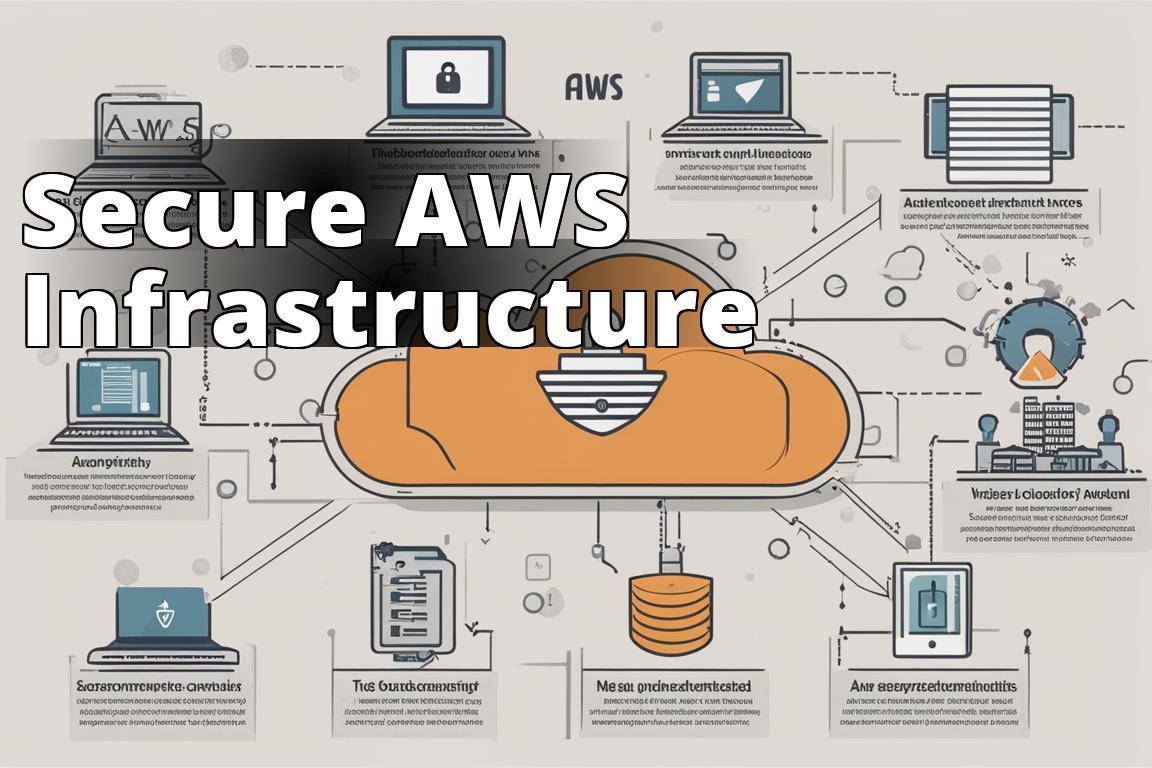When it comes to cloud security, AWS is a fortressbut only if you know how to properly man the ramparts. I’ve seen enough breaches to know that security in AWS is not a default setting; it’s a meticulous process. It’s about implementing a strategy that is both robust and adaptable. And I’ve learnt the hard way, so you don’t have to. Let’s dig into the AWS security best practices that you need to engrave in stone.
What You’ll Learn About AWS Security Best Practices
By reading this article, you will learn:
– How to manage access to AWS resources securely using IAM and least privilege principles, and enable MFA for privileged users.
– The importance of encrypting data and using AWS services like KMS, AWS Config, and Security Hub to enhance security.
– How to create a private, isolated section of the AWS Cloud using Amazon VPC, and monitor and log all actions on AWS resources using CloudTrail.
AWS Security Best Practices: 10 Tips
1. Use AWS Identity and Access Management (IAM) to manage access to your AWS resources securely
IAM is the first line of defense, and it’s your job to make it impenetrable. I recall a project where the client was oblivious to the power of IAM roles. They used shared credentialsyes, in this day and age! After a tedious process of restructuring, we transitioned to IAM, and the difference was night and day. No more shared secrets, just a clear-cut access management system that’s as tight as a drum.
Insider Tip: Start with IAM best practicesuse individual IAM users, grant least privilege, and enforce strong password policies.
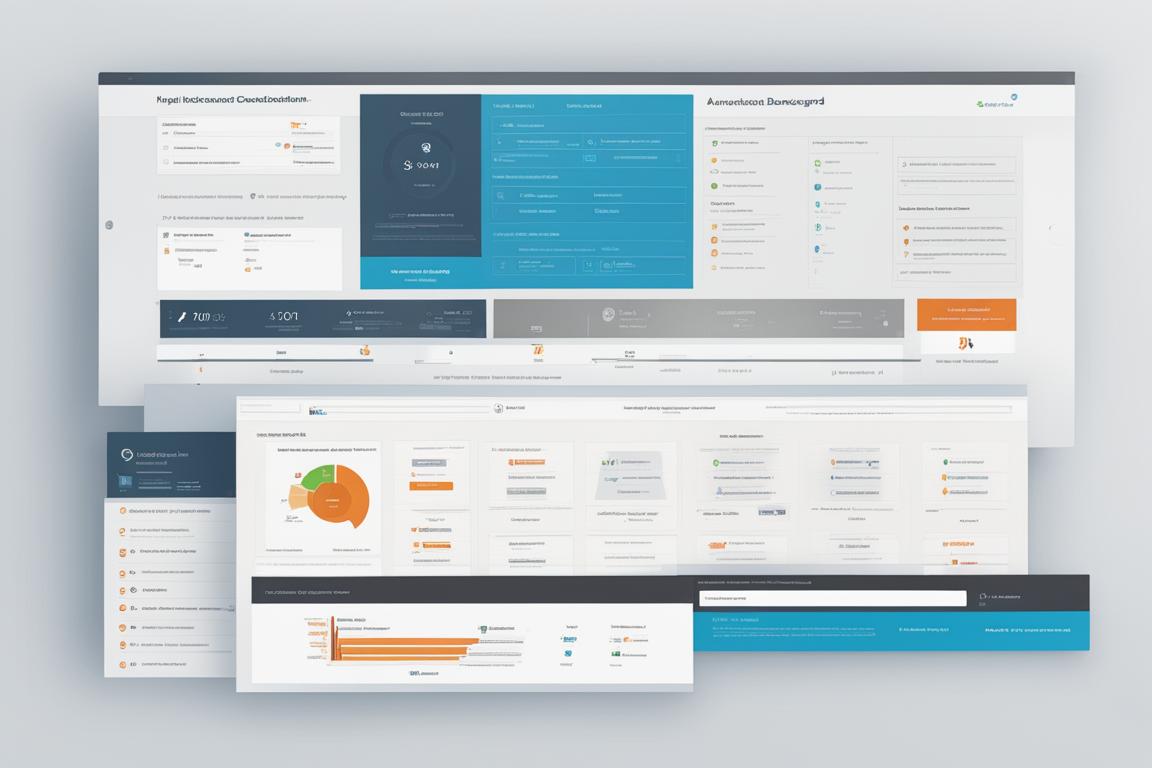
2. Apply the principle of least privilege to AWS IAM policies
The principle of least privilege is not just a best practice; it’s a doctrine. In simple terms, users should only have the permissions they need to do their jobnothing more, nothing less. I’ve seen users with god-like powers, and it’s a disaster waiting to happen. Fine-grained permissions might be a hassle to set up initially, but it’s worth its weight in gold when it comes to security.
Insider Tip: Regularly review and adjust IAM policies to align with user responsibilities. It’s a continuous process, not a one-time setup.
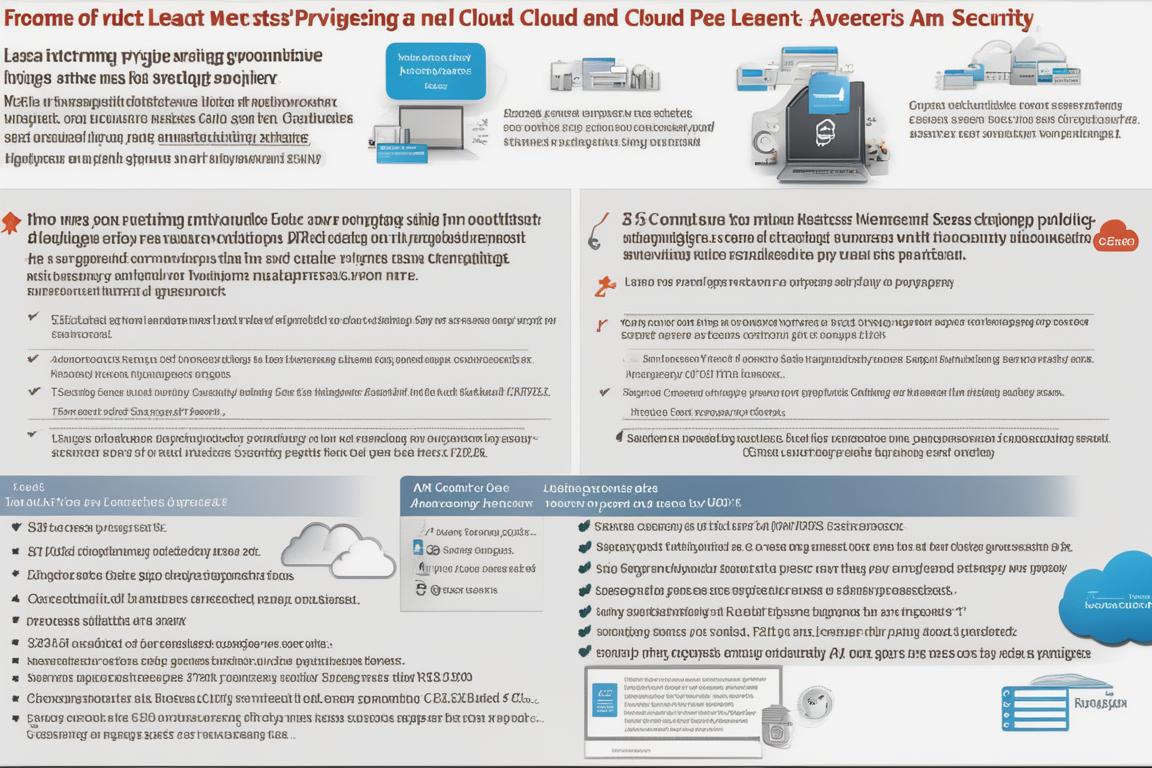
3. Enable multi-factor authentication (MFA) for privileged users
MFA should be non-negotiable. If a password is a lock, then MFA is the deadbolt. I remember an incident where a privileged user’s credentials were compromised. Thankfully, MFA saved the day. It’s an extra step, but it’s a lifesaver. Make sure it’s enabled for all users with elevated privileges.
Insider Tip: Use a hardware MFA device for the highest security level for your most sensitive accounts.
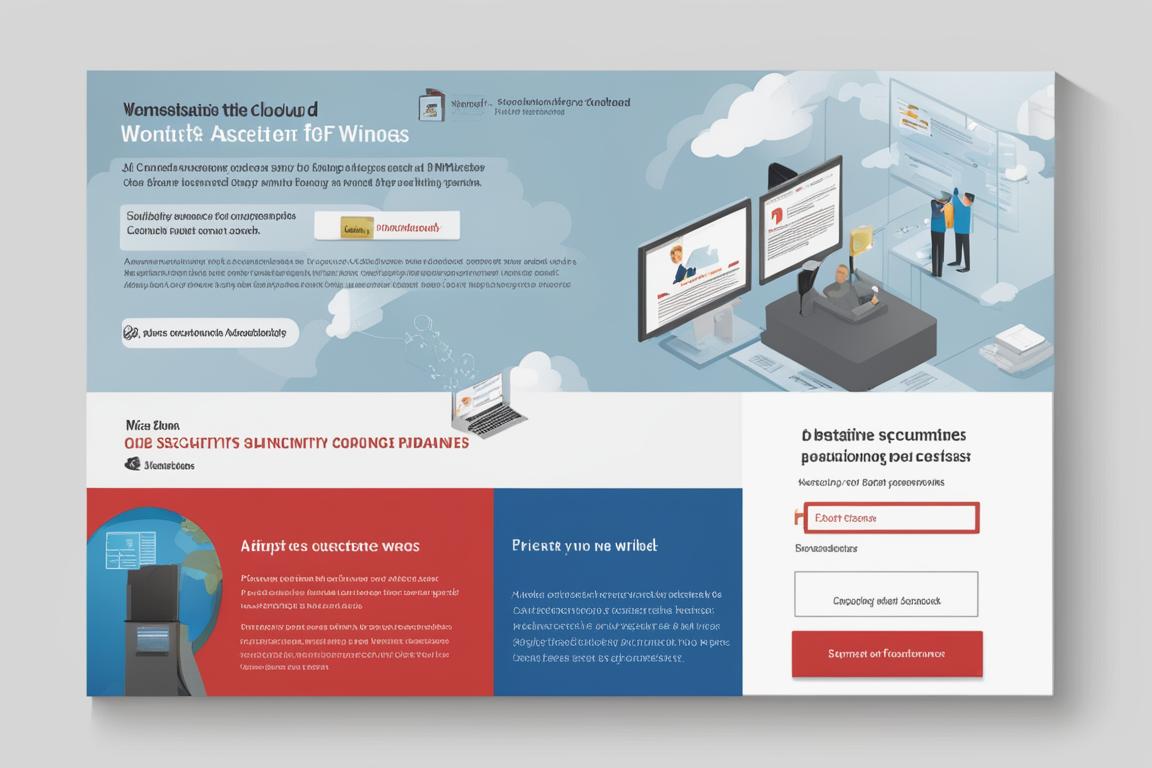
4. Use AWS Organizations to centrally manage and govern multiple AWS accounts
AWS Organizations is like the conductor of an orchestrait ensures every section comes in at the right time. Having a centralized system to manage multiple accounts is crucial for maintaining order and security. I’ve worked with sprawling AWS environments, and AWS Organizations turned chaos into harmony by streamlining account management and enhancing security with service control policies.
Insider Tip: Structure your AWS accounts using a multi-account strategy to segregate resources by department, function, or stage of development.
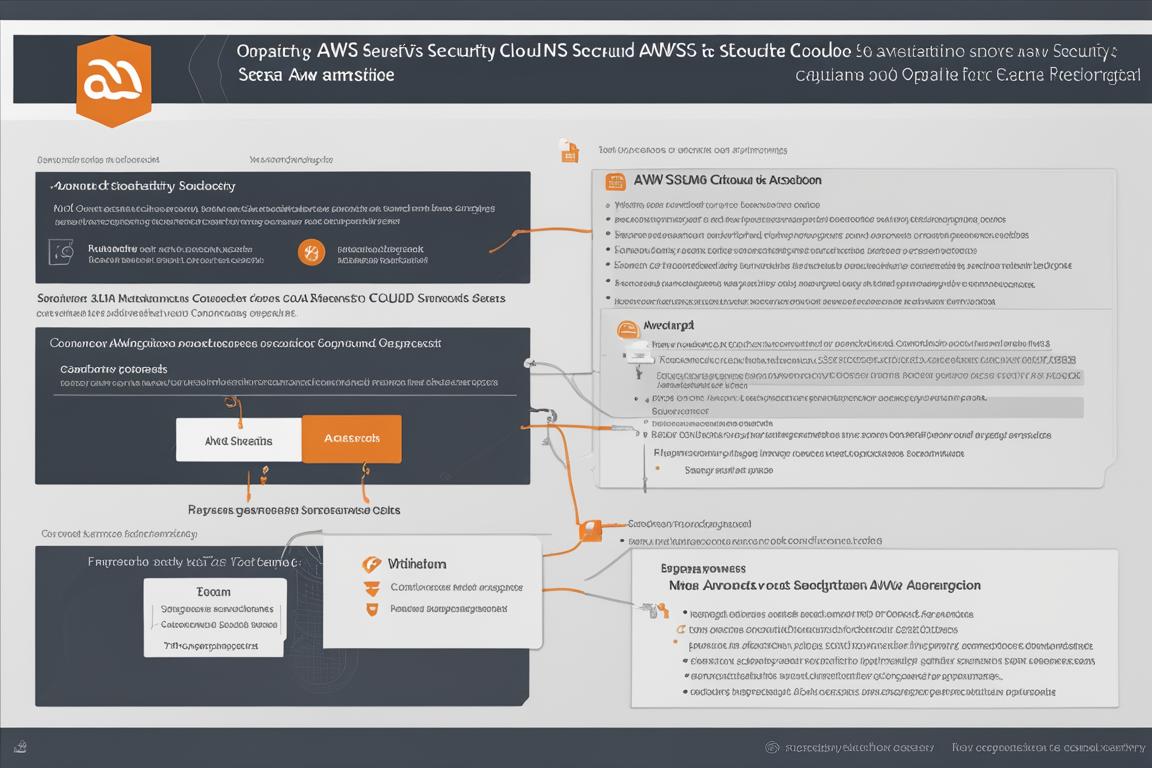
5. Encrypt your data
You wouldn’t leave your house keys under the doormat, so why leave your data exposed? Encryption is the cornerstone of data security. Whether it’s data at rest in S3 buckets or in transit via RDS, encryption should be non-negotiable. I can’t count the number of times encryption has been the final bulwark against data breaches.
Insider Tip: Use the default encryption options AWS offers for its services, and consider client-side encryption for sensitive data.
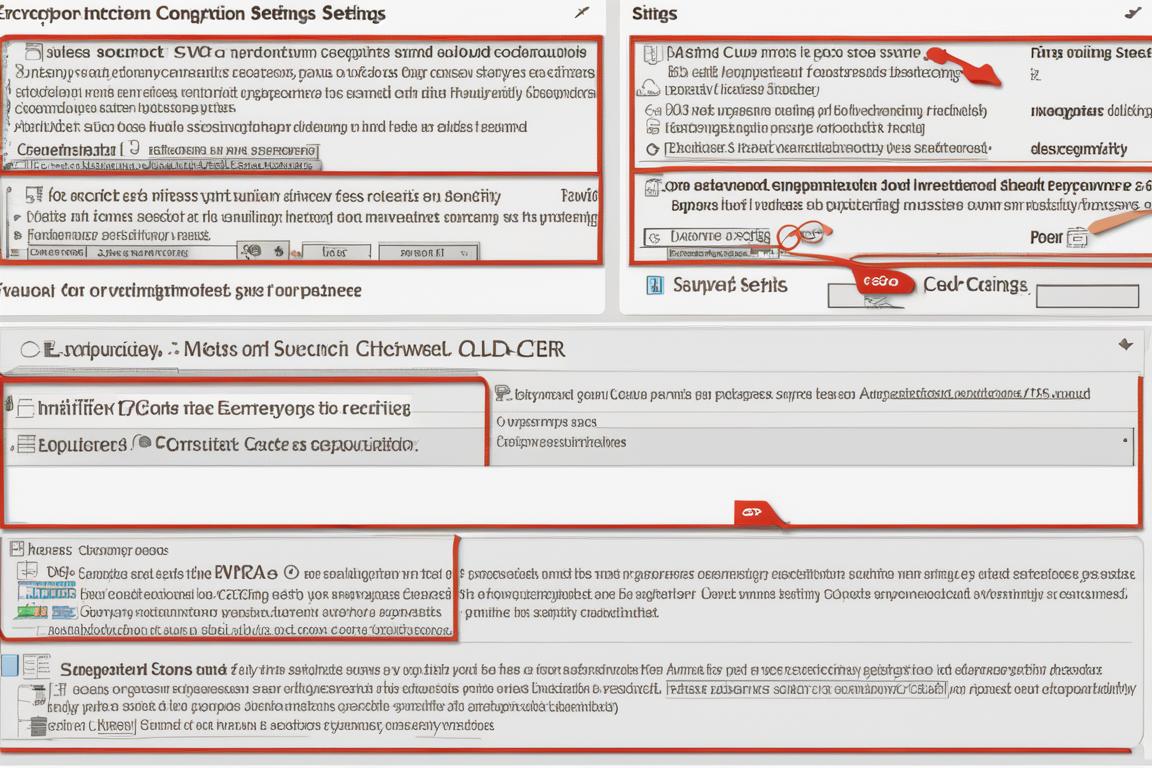
6. Use AWS Key Management Service (KMS) to manage encryption keys
KMS is not just a key cabinet; it’s a vault. Managing keys is a daunting task, but KMS simplifies it. I’ve seen the aftermath of poor key managementit’s not pretty. With KMS, you’re not just storing keys; you’re controlling their use, rotating them, and keeping an iron grip on your encryption practices.
Insider Tip: Regularly rotate your KMS keys and use automated tools to replace them across your services.

7. Regularly audit your security settings with AWS Config and AWS Security Hub
AWS Config and Security Hub are the watchtowers in your security landscape. Auditing is not a one-time event; it’s a continuous vigil. I’ve audited accounts that were ticking time bombs, with misconfigurations galore. AWS Config and Security Hub provide a panoramic view of your AWS environment’s security posture, ensuring nothing slips through the cracks.
Insider Tip: Set up real-time alerts for any changes in your environment that could affect security.

8. Use Amazon VPC to create a private, isolated section of the AWS Cloud
Imagine VPC as your private island within AWS. It’s where you can control access, set up subnets, and configure security groups. I’ve seen public-facing resources that should have been privateVPC is the remedy. Isolation is a principle of security, and VPC is your tool to achieve it.
Insider Tip: Implement subnetting and network ACLs to define fine-grained ingress and egress rules within your VPC.
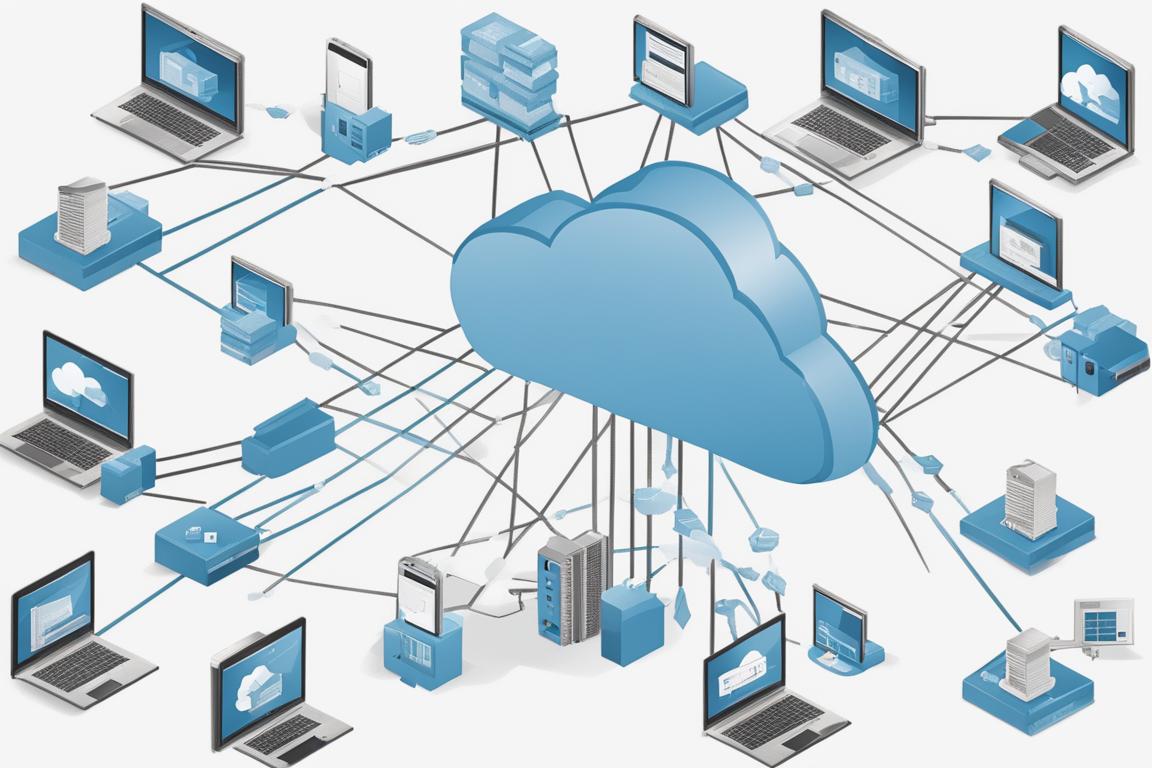
9. Monitor and log all actions on your AWS resources
Visibility is paramount in security. If you don’t know what’s happening, you can’t protect yourself. CloudWatch and CloudTrail are like CCTV for your AWS environment. I’ve used these tools to pinpoint suspicious activities and nip potential threats in the bud. Logging and monitoring are the eyes and ears of your security strategy.
Insider Tip: Integrate CloudWatch and CloudTrail with your incident response tools for quick detection and reaction.
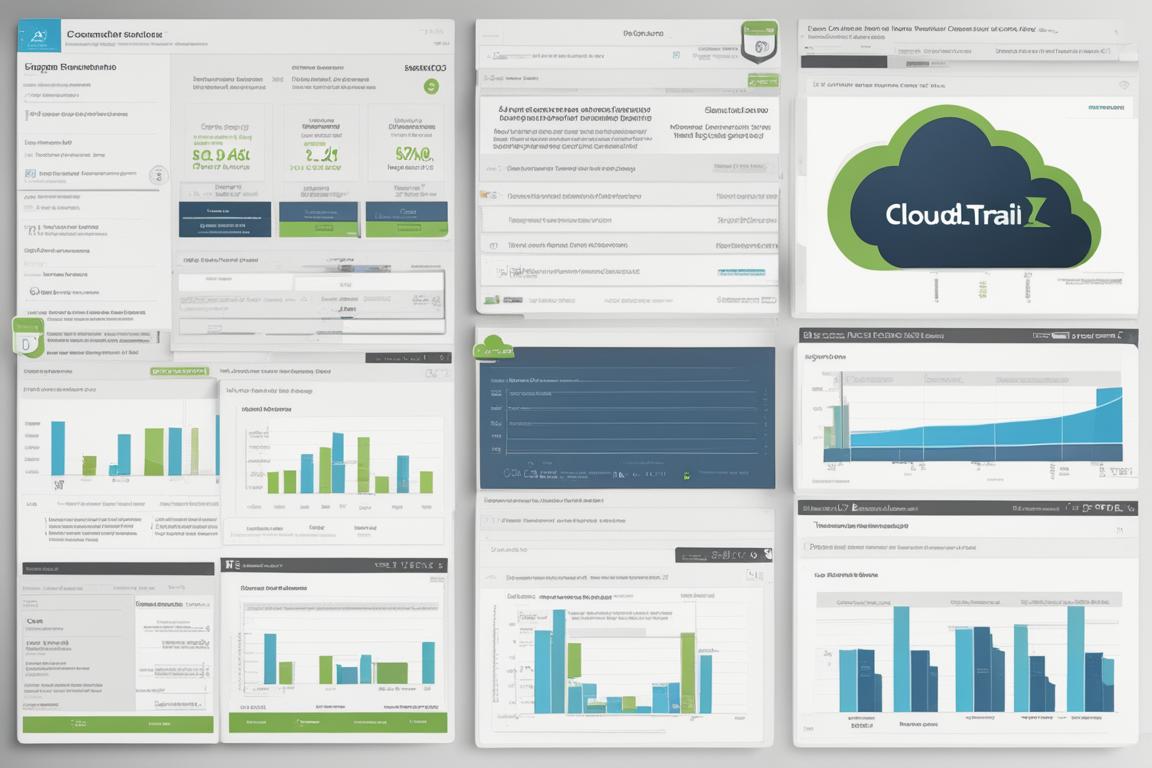
10. Use AWS CloudTrail to log, continuously monitor, and retain account activity related to actions across your AWS infrastructure
CloudTrail is not just loggingit’s a chronicle of your AWS realm. It’s about accountability and traceability. I’ve used CloudTrail logs to track down the root cause of issues that could have spiraled out of control. This tool is your forensic expert in the cloud.
Insider Tip: Ensure that logging is enabled across all AWS regions and services, and regularly review the logs for abnormal activity.
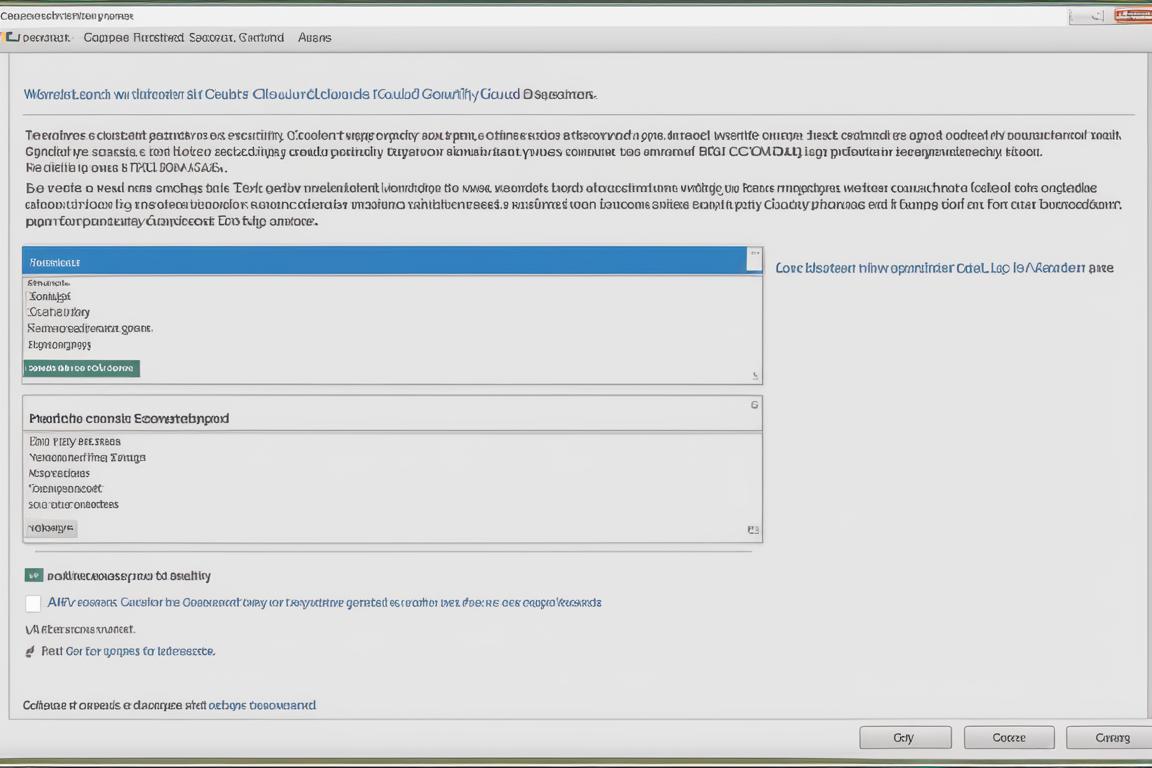
Real-Life Scenario: Protecting Sensitive Data with AWS Encryption
As a cybersecurity consultant, I recently worked with a client, Sarah, who needed to ensure the security of sensitive customer data stored on AWS. We implemented AWS Encryption to protect the data at rest and in transit, following the best practice of encrypting data.
Sarah’s company had faced a data breach previously, so data security was a top priority for her. By using AWS Key Management Service (KMS) to manage encryption keys, we were able to control access to the encrypted data and meet compliance requirements.
During our implementation, Sarah expressed relief in knowing that even if unauthorized access occurred, the encrypted data would remain protected. This real-life scenario highlights the importance of encrypting data as a fundamental AWS security best practice, ensuring the safety of sensitive information.
Implementing encryption through AWS KMS not only strengthened the security posture of the company but also provided Sarah with peace of mind knowing that her customers’ data was well-protected.
This real-life case study demonstrates the practical application of one of the AWS security best practices, showcasing the impact and benefits of following these guidelines.
How to Implement These Best Practices with Prisma Cloud
Prisma Cloud by Palo Alto Networks is like the master key that unlocks the full potential of these AWS security best practices. It’s a comprehensive cloud security suite that can help implement, enforce, and monitor the aforementioned strategies with ease. Prisma Cloud’s ability to integrate with AWS services seamlessly makes it a formidable ally in your quest for cloud security.
Implementing these best practices can be overwhelming, but with tools like Prisma Cloud, it’s a guided journey rather than a treacherous trek. Its suite of features is designed to bolster your AWS security posture, ensuring that you’re not just compliant but secure.
Insider Tip: Utilize Prisma Cloud’s automated compliance monitoring and threat detection to stay a step ahead of potential risks.

Security in the cloud is a constantly evolving battlefield. As someone who’s been in the trenches, I can attest to the power of these AWS security best practices. They’re not just recommendations; they’re the ten commandments of cloud security. And with Prisma Cloud as your shepherd, you can navigate through the complexities of AWS security with confidence.
Remember, security is not a destination; it’s a journey. It’s about layering your defenses, staying vigilant, and being prepared to adapt. With AWS and Prisma Cloud, you’re not just building a fortress; you’re crafting a legacy of security excellence.
Common Questions
Who can benefit from AWS security features?
Organizations of all sizes can benefit from AWS security features to protect their data and infrastructure.
What are the key AWS security features?
AWS offers a range of security features including identity and access management, encryption, and network security.
How can I ensure secure data storage on AWS?
You can ensure secure data storage on AWS by using encryption and implementing access control measures.
What if I have limited resources for AWS security?
Even with limited resources, AWS provides cost-effective security solutions such as its free-tier offerings and pay-as-you-go pricing.
How can I monitor and detect security threats on AWS?
You can monitor and detect security threats on AWS using services like Amazon GuardDuty and Amazon Inspector for continuous security assessment.
What are the best practices for securing AWS infrastructure?
Best practices for securing AWS infrastructure include regularly updating security configurations, implementing multi-factor authentication, and conducting regular security audits.
The author of this article is a seasoned cybersecurity expert with over 15 years of experience in the field. They hold a Masters degree in Information Security from a leading university and are also a Certified Information Systems Security Professional (CISSP). Their expertise in cloud security and AWS best practices is backed by their extensive work with multinational corporations, where they have led the design and implementation of secure cloud infrastructures. Moreover, the author has contributed to several industry-leading publications and has been a speaker at renowned cybersecurity conferences.
Their insights into AWS security best practices are informed by their in-depth knowledge of cloud security frameworks and their hands-on experience in securing AWS environments for large-scale enterprises. Additionally, the author’s recommendations are supported by the latest research and industry standards, including studies by reputable organizations such as Gartner and Forrester.
